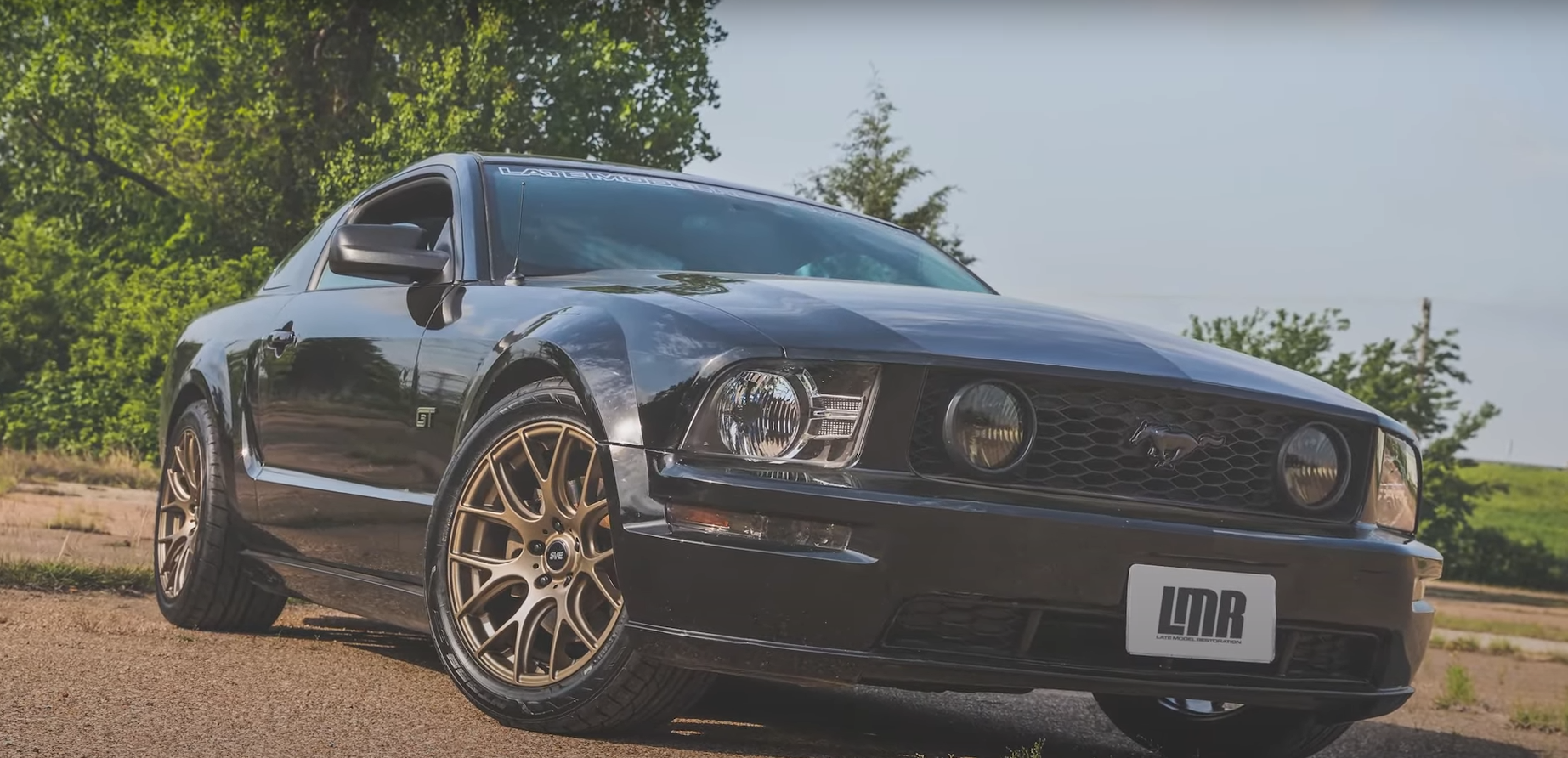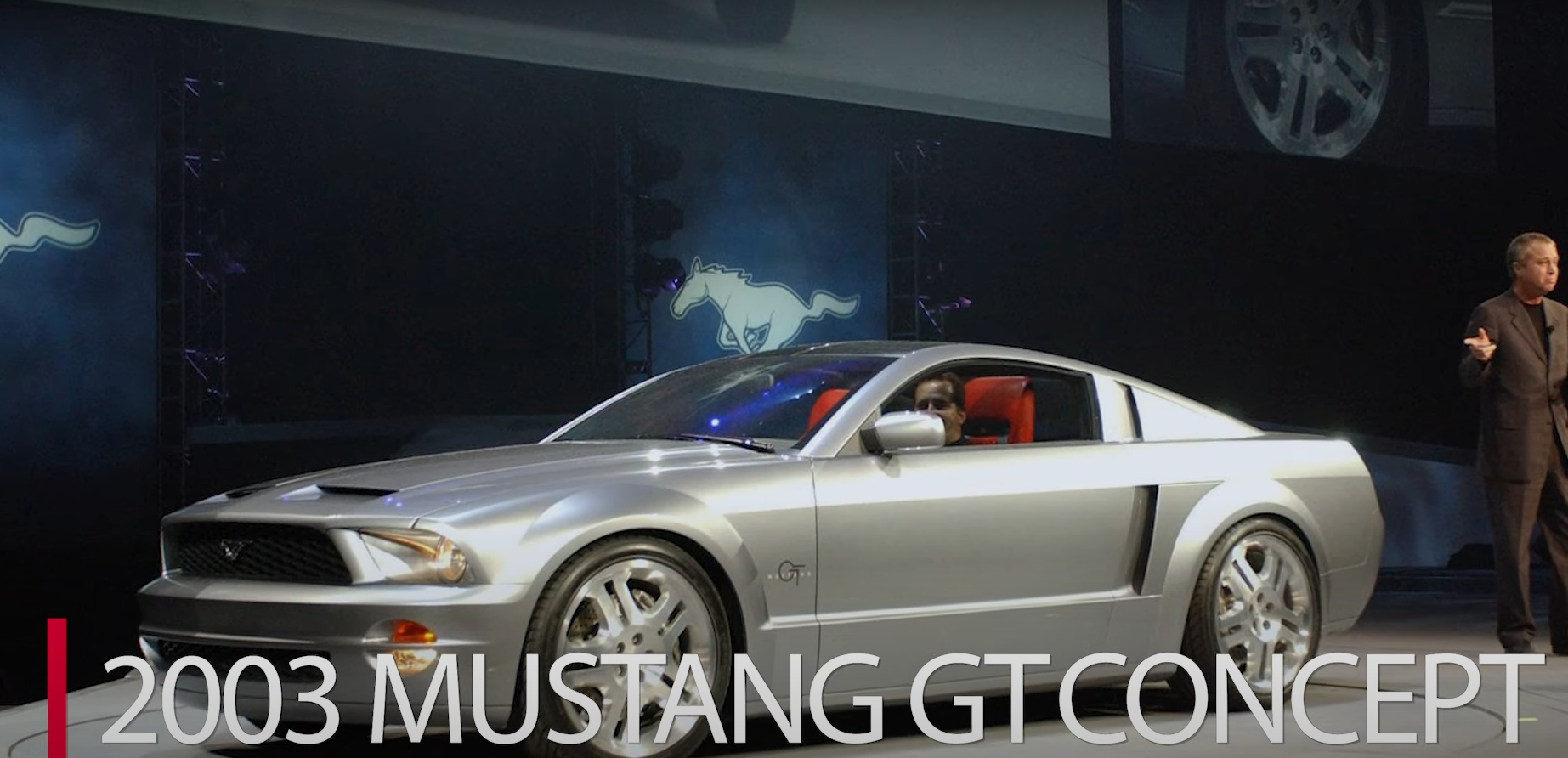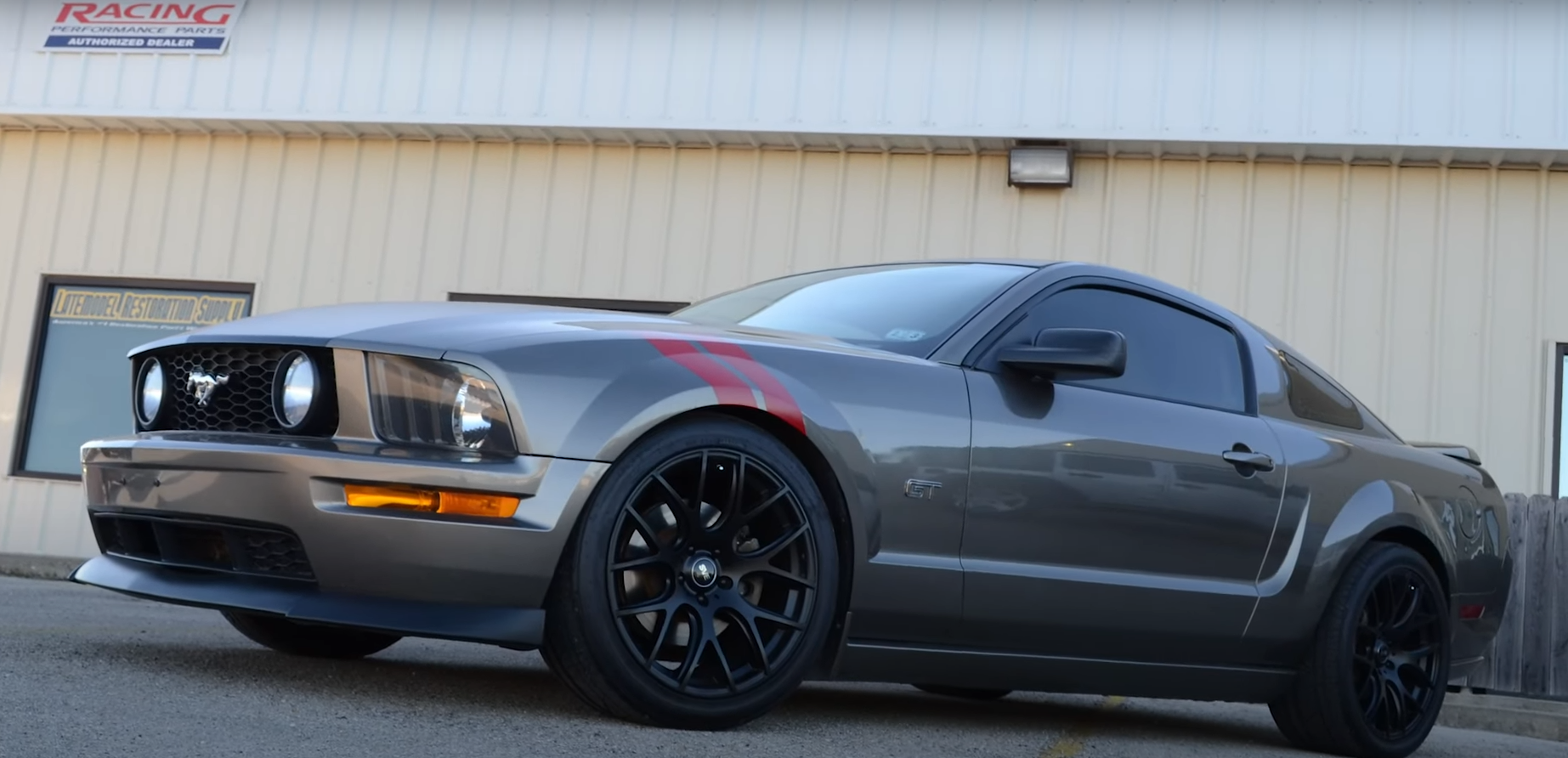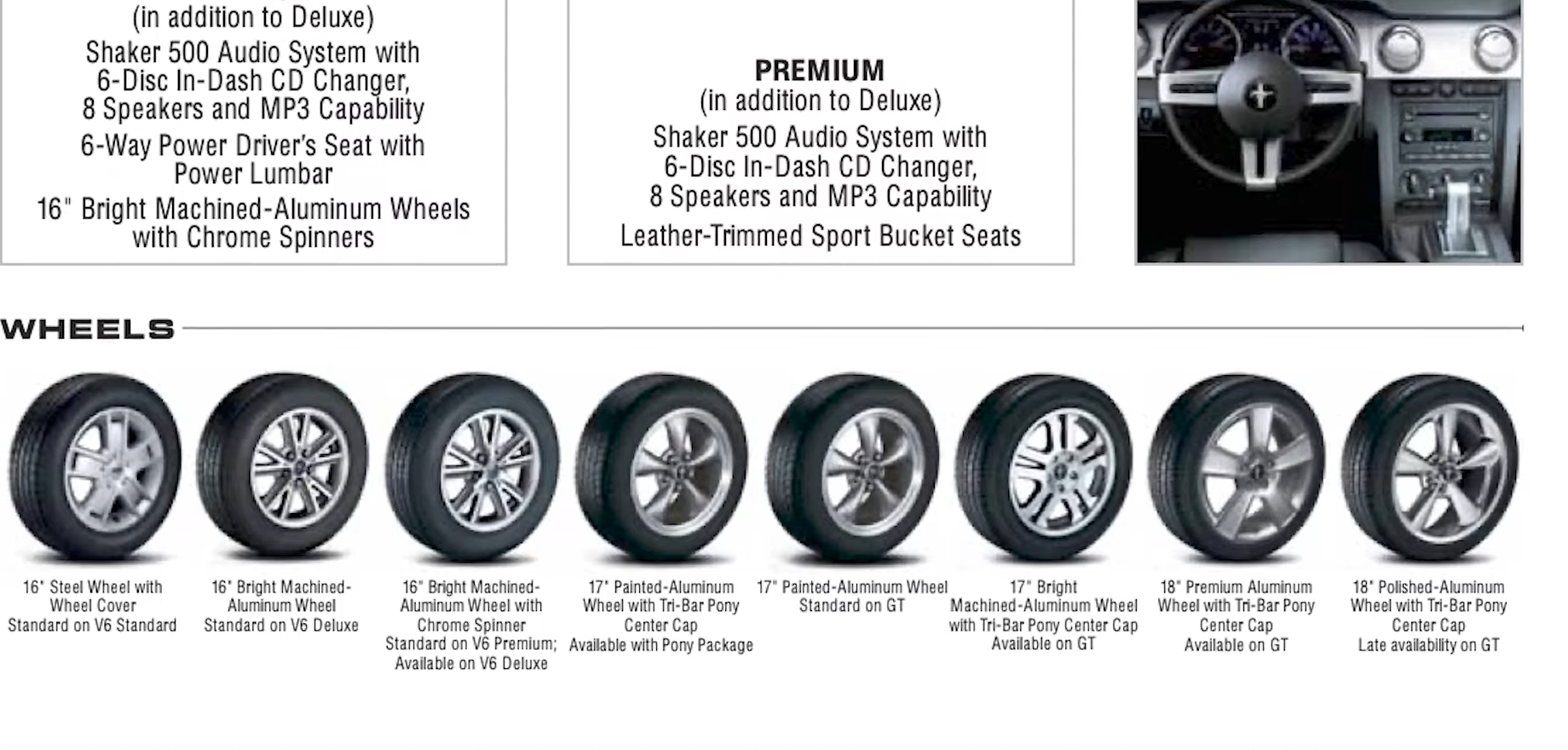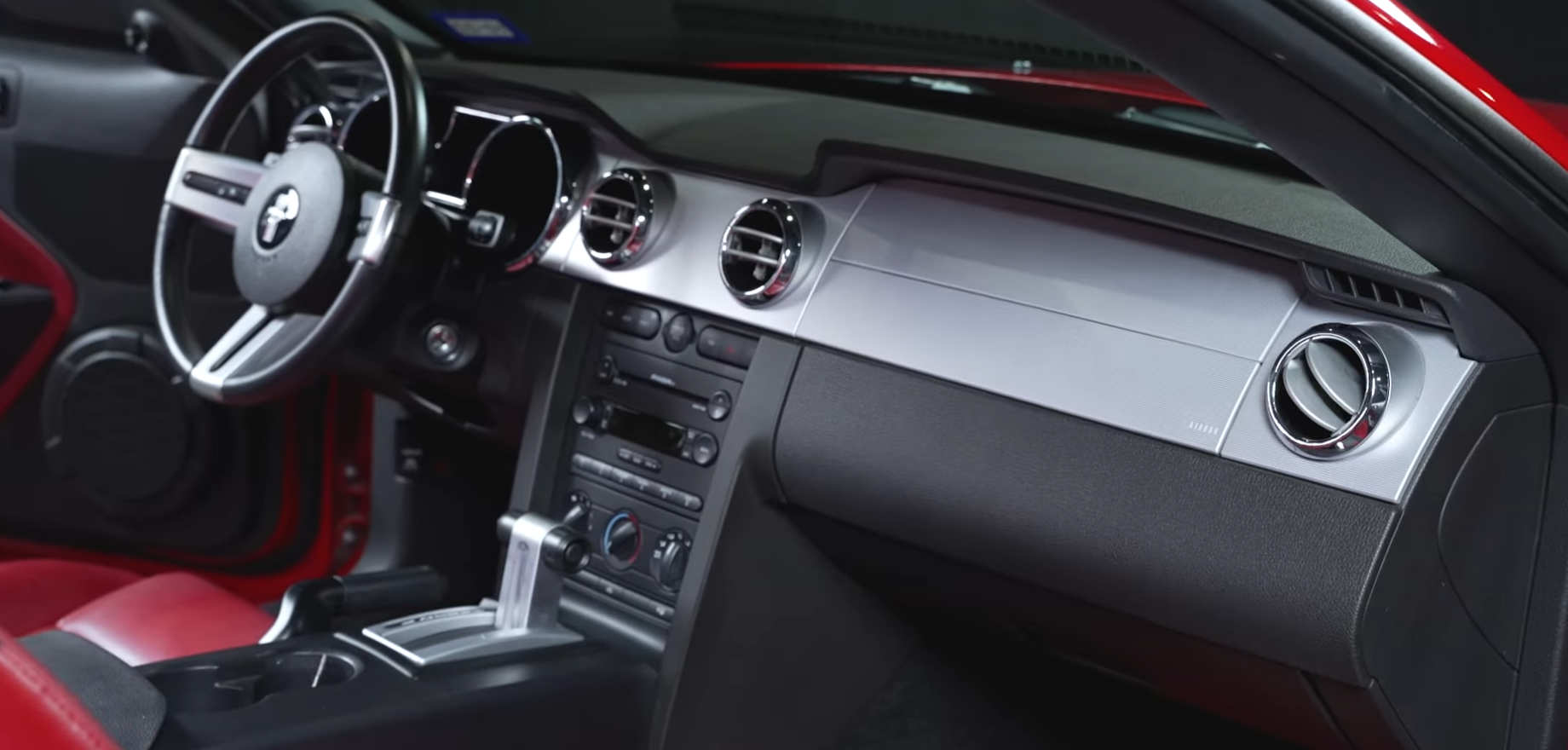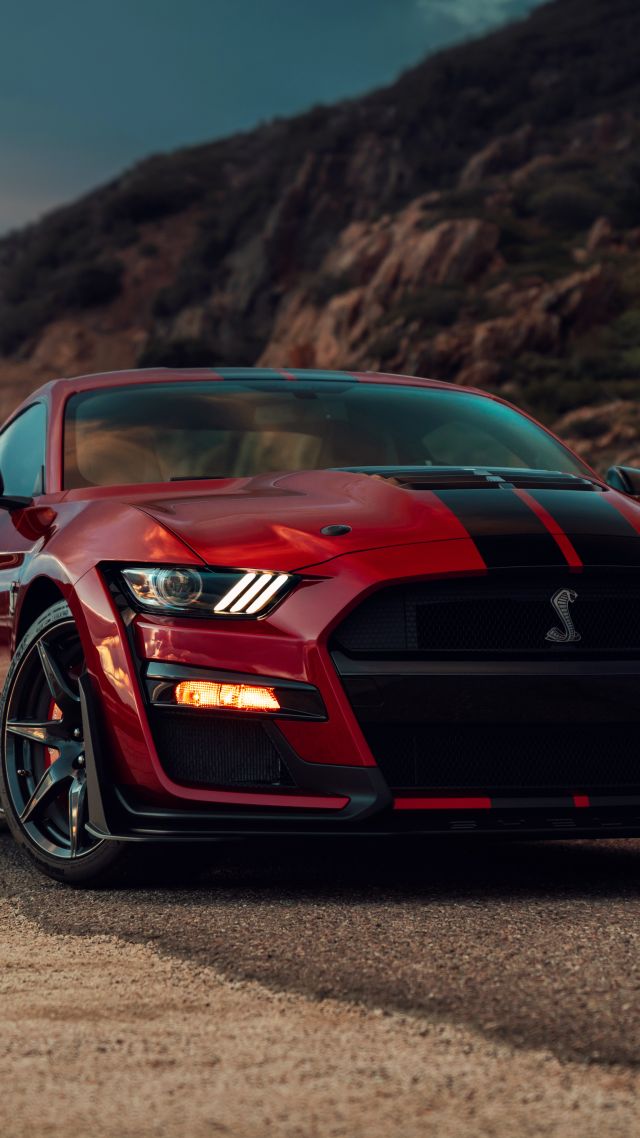The 2005 to 2009 S197 Mustang marked a key period for Ford’s classic pony car. Built on the D2C platform, these cars mixed old-school Mustang looks with updated features and technology. The design took cues from the first Mustangs, but added modern styling inside and out, giving both new and longtime fans plenty to appreciate.
Not only did the S197 stand out for its style, but it also brought improvements to the chassis, suspension, and interior comforts. The variety of engine and transmission options allowed buyers to find the performance level that fit them best. Special editions, like the return of the Shelby GT500, made these years extra memorable for Mustang fans.
Key Takeaways
- Covers the S197 Mustang’s background and key changes from 2005 to 2009.
- Highlights updates in design, performance, and interior features.
- Notes the introduction of specialty and high-performance models.
S197 Mustang Overview
Mustang’s Place in Automotive History
The S197 Mustang marked a new chapter as the fifth generation of the Ford Mustang. Introduced in the mid-2000s, it followed the New Edge models. Its launch grabbed attention because it blended nostalgia with updates that appealed to modern drivers.
Ford’s Rear-Wheel Drive D2C Chassis
Ford designed the S197 Mustang on the D2C chassis, which stands for “D-Class Two-Door Coupe.” This rear-wheel drive platform provided better handling and a stiffer chassis compared to previous generations. Key features included a longer wheelbase, improved weight balance (52% front, 48% rear), and stronger structural rigidity—about 30% greater than its predecessor.
Quick Facts Table:
| Platform | Drive type | Chassis Rigidity | Wheelbase |
|---|---|---|---|
| D2C | Rear-Wheel | +30% over prior | 6” longer |
Classic Looks Meet Modern Touches
The S197 Mustang’s design pulled obvious inspiration from models built between 1964 and 1970. The exterior combined vintage Mustang lines like three-section tail lights and fastback-style rear glass with updates such as bold grill areas and new lighting.
Design highlights:
- Gloss black headlights with upright sections
- Wide front grill with central pony badge
- GT models with fog lights in the grill
- Color-matched rocker panels (GT) and retro-styled badges
- Optional glass roof for a more open feel
- Retro-inspired interior with three-spoke steering wheel, barrel gauges, and customizable lighting
This strong mix of old and new made the S197 stand out in a way that felt special but not dated.
Key Dates and Model Years
Production for the S197 Mustang started on September 7, 2004. The first 2005 model rolled off the line later that month.
- 2005 model year: Marked the official beginning
- 2009: Featured options like the glass roof for the Mustang’s 45th anniversary
- The S197 body style ran from 2005 through 2014, but major interest and key features were found in the 2005–2009 span
Important Milestones List:
- 2003: Concept designs appear at North American International Auto Show
- September 2004: Production begins at Flat Rock Assembly Plant
- 2005: First S197 Mustangs sold
- 2009: 45th anniversary models and glass roof introduced
Outside Appearance
Front-End Details
The 2005 to 2009 Mustangs have a bold front with wide grille areas. The pony badge sits right in the center. All trims use headlights with glossy black housings and upright edges, which take inspiration from past Mustangs. Turn signals are placed on the outside of the bumper, underneath the headlights. On GT models, fog lights are set inside the grille for a vintage touch.
Body Shape and Accents
These Mustangs have a mix of modern and classic shapes. GT trims feature color-matched rocker panels, while V6 models get textured sides. Each GT also displays classic-styled badges on the fenders. A lower body line runs along the side and fades into a recessed scoop near the back wheels, which is inspired by older models. Door glass, rear roof pillars, and the sloping back window resemble classic fastbacks.
Lighting Details
At the rear, the taillights have a three-section layout that calls back to the original Mustang style. A faux gas cap with a logo is placed at the back, boosting the retro feel. Depending on the trim, there may be a low pedestal spoiler. Dual exhaust outlets are found on GTs, while V6s feature a single exhaust on the passenger side.
Wheel Choices
Wheel designs change based on the trim level chosen. Each model year offered a few different styles. The wheels are part of what separates the trims and adds variety to the overall look.
Special 45th Anniversary Roof
In 2009, Ford offered a glass roof to celebrate the Mustang’s 45th anniversary. This was an option buyers could select. The feature adds a glass top for a modern look and lets in extra light, which Ford often called the move “from fastback to glass back.” The 45th Anniversary edition also included special badges on the fender.
Inside Look: Key Cabin Details
Nostalgic Meets Modern: Dashboard Design
The dashboard in the 2005–2009 Mustang blends past and present with its “retro-modern” style. It features a three-spoke steering wheel and classic-looking round gauges. Air conditioning vents keep the look consistent, reminding drivers of Mustangs from the late 1960s.
Choices in Seats and Cabin Surfaces
Buyers could pick from fabric or leather seat coverings. Available colors included medium parchment, light graphite, and dark charcoal. Certain packages gave special touches such as red or chamois leather for a unique look.
Customizable Gauge Lights and Display Panel
The car introduced a driver-selectable gauge lighting option called “MyColor.” This lets drivers pick from 125 different colors to light up the instrument panel, matching the mood or personal style. The main instrument readouts keep the classic round “barrel” shape.
Sound System Options
The standard stereo could be upgraded. The Shaker 500 system included a six-disc CD changer, eight speakers, and 500 watts of power with two subwoofers in the doors. In 2006, the Shaker 1000 system brought 1,000 watts through ten speakers—four subs (two in the doors, two in the trunk)—for stronger bass. In 2007, an auxiliary port was added to plug in music players.
| Audio System | Features |
|---|---|
| Shaker 500 | 6-disc CD, 8 speakers, 2 door subs, 500 watts power |
| Shaker 1000 | 6-disc CD, 10 speakers, 4 subs (door+trunk), 1,000 watts |
| Aux Input (2007+) | Port for MP3 players or iPods |
Interior Accent Lighting
In 2008, colored lighting in the footwells and front cup holders became available. Drivers could choose from seven different colors to light up parts of the cabin at night, adding a personal touch to the interior atmosphere.
Frame and Ride Components
Front and Rear Suspension Systems
The S197 Mustangs from 2005 to 2009 feature a classic MacPherson strut setup at the front. This design is different from the style used in the previous Mustangs and helps with predictable handling. At the back, these cars use a three-link rear suspension with a solid axle.
A panhard rod is added to control side movement of the rear end and keeps the car stable through corners. V6 models get 7.5-inch differentials, while V8 versions use stronger 8.8-inch units. Final drive ratios used are either 3.31 or 3.55, depending on transmission and trim.
Structural Rigidity
The chassis of the S197 is about 30% stiffer than the one on the earlier New Edge Mustangs. The car’s wheelbase is six inches longer, which helps with balance. Weight distribution is now close to even, at 52% in the front and 48% in the rear.
Directional Controls
A hydraulic power steering system is used on all S197s. The turning circle is tighter than earlier models, making driving and parking easier. The car keeps a traditional steering feel and response despite using a modern setup.
Brake Hardware
All 2005–2009 models come standard with anti-lock brakes (ABS). V6 cars are equipped with 11.5-inch vented front rotors. GT models get larger 12.5-inch vented front rotors. Both versions use dual-piston front calipers and 11.8-inch vented rotors at the rear, along with single-piston rear calipers.
Below is a quick brake size comparison:
| Model | Front Rotor (in) | Calipers (Front) | Rear Rotor (in) | Calipers (Rear) |
|---|---|---|---|---|
| V6 | 11.5 (vented) | Dual-piston | 11.8 (vented) | Single-piston |
| GT (V8) | 12.5 (vented) | Dual-piston | 11.8 (vented) | Single-piston |
Gearbox Choices
Hand-Shifted Gear Sets
The V6 models from 2005 to 2009 used the T5 manual gearbox, which is a reliable and familiar choice. The GT versions came with an updated TR3650 manual that featured a remote mount shifter for improved shifting feel. Both manuals offered a classic driving experience and gave drivers more control over gear changes.
Key Points:
- V6: T5 manual gearbox
- GT: TR3650 manual with remote shifter
- Manual transmissions available for both V6 and V8
Self-Shifting Transmission System
For those preferring not to shift gears themselves, an automatic was also available. Both the V6 and V8 cars could be ordered with the 5R55S automatic transmission. This unit had five forward gears plus overdrive, providing a balance between performance and fuel efficiency.
Automatic Highlights:
- 5R55S 5-speed automatic with overdrive
- Available on both V6 and V8 models
- Easy driving for daily use
Tire Inflation Monitoring
Starting in 2007, all models came equipped with a tire pressure monitoring feature. This system checked the air pressure in each tire and displayed a warning on the dashboard if any tire became too low. This helped keep driving safer and reduced the risk of tire-related problems.
Features:
- Tire pressure status shown on instrument panel
- Alerts driver when air is low
- Standard from 2007 onward
Available Powertrains
4.0-Liter Six-Cylinder
The base engine for the 2005–2009 models is a 4.0-liter V6. This motor uses a pushrod design and makes 210 horsepower and 240 lb-ft of torque. The V6 Mustangs are set up with a single exhaust pipe and use smaller 7.5-inch differentials.
4.6-Liter Three-Valve V8
Moving up, the GT models use a 4.6-liter V8 with three valves per cylinder. Some of the key features are variable camshaft timing, an advanced intake manifold, charge motion runner controls, and a drive-by-wire throttle body.
- Output: 300 horsepower, 320 lb-ft of torque
- Recommended Fuel: Regular (87 octane)
- Differential: 8.8-inch unit
- Exhaust: Dual outlets
This engine brought more modern technology to the lineup, aimed at both power and efficiency.
5.4-Liter Supercharged Eight-Cylinder
For those looking for maximum performance, the Shelby GT500 is powered by a 5.4-liter V8 with supercharging. This engine features double overhead cams and is exclusive to the GT500 model. It delivers significantly more power than the other options in this lineup.
Motor Updates and Revisions
The 4.6-liter V8 engine saw two main changes during this span: in 2008, the cooling system was updated, and the cylinder head was redesigned for a new spark plug. The earlier heads (up to late 2007) had issues with spark plugs seizing, which the new design aimed to address. This update helps with easier maintenance and overall reliability.
Engine Comparison Table
| Engine | Horsepower | Torque (lb-ft) | Notable Features |
|---|---|---|---|
| 4.0L V6 | 210 | 240 | Pushrod design |
| 4.6L V8 | 300 | 320 | Variable cam timing, 3-valve heads |
| 5.4L V8 SC | N/A | N/A | Supercharged, specialty GT500 only |
Limited Edition and High-Performance Variants
Debut of the GT500 Shelby Model
Ford’s SVT team brought back the Shelby GT500 for 2007, introducing a new standard for power among the S197 Mustangs. This model served as the direct follow-up to the 2003–2004 Cobra. The GT500 featured a supercharged 5.4-liter double overhead cam V8 engine, making it the most powerful version available for this generation.
Key features include:
- Engine: Supercharged 5.4L DOHC V8
- Distinctive Styling: Unique badging, a more aggressive hood, and special stripes
- Performance Suspension: Upgraded suspension components for better handling
- Transmission: High-strength transmission options to handle the extra power
The return of the GT500 added excitement for Mustang fans by combining modern engineering with Shelby heritage. This model stood out for its boost in horsepower and features that set it apart from standard trims.


